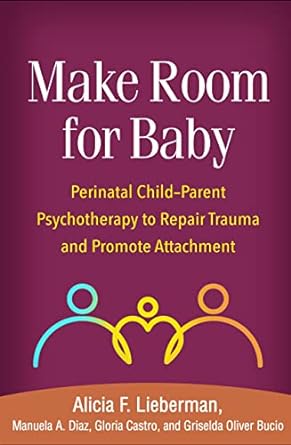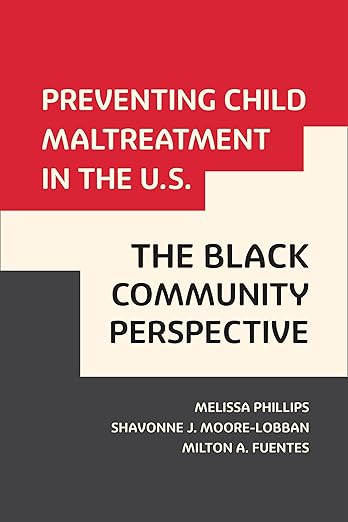Child Abuse Prevention
The Federal Child Abuse Prevention and Treatment Act (CAPTA), (42 U.S.C.A. §5106g), as amended by the Keeping Children and Families Safe Act of 2003, defines child abuse and neglect as, at minimum: Any recent act or failure to act on the part of a parent or caretaker which results in death, serious physical or emotional harm, sexual abuse or exploitation; or an act or failure to act which presents an imminent risk of serious harm.
From Our Collection
The Major Types of Child Abuse and Neglect
There are four major types of maltreatment: neglect, physical abuse, sexual abuse, and emotional abuse. Although any of the forms of child maltreatment may be found separately, they often occur in combination. (The examples provided below are for general informational purposes only.)
Neglect is failure to provide for a child's basic needs. Neglect may be:
- Physical (e.g., failure to provide necessary food or shelter, or lack of appropriate supervision)
- Medical (e.g., failure to provide necessary medical or mental health treatment)
- Educational (e.g., failure to educate a child or attend to special education needs)
- Emotional (e.g., inattention to a child's emotional needs, failure to provide psychological care, or permitting the child to use alcohol or other drugs)
These situations do not always mean a child is neglected. Sometimes cultural values, the standards of care in the community, and poverty may be contributing factors, indicating the family is in need of information or assistance. When a family fails to use information and resources, and the child's health or safety is at risk, then child welfare intervention may be required.
Physical Abuse is physical injury (ranging from minor bruises to severe fractures or death) as a result of punching, beating, kicking, biting, shaking, throwing, stabbing, choking, hitting (with a hand, stick, strap, or other object), burning, or otherwise harming a child. Such injury is considered abuse regardless of whether the caretaker intended to hurt the child.
Sexual Abuse includes activities by a parent or caretaker such as fondling a child's genitals, penetration, incest, rape, sodomy, indecent exposure, and exploitation through prostitution or the production of pornographic materials.
Emotional Abuse is a pattern of behavior that impairs a child's emotional development or sense of self-worth. This may include constant criticism, threats, or rejection, as well as withholding love, support, or guidance. Emotional abuse is often difficult to prove and, therefore, child protective services may not be able to intervene without evidence of harm to the child. Emotional abuse is almost always present when other forms are identified.
Source: National Clearinghouse on Child Abuse and Neglect Information
Research & Data
- Child Welfare Information Gateway
The Child Welfare Information Gateway connects professionals and concerned citizens to practical, timely, and essential information on programs, research, legislation, and statistics to promote the safety, permanency, and well-being of children and families.
- ChildStats.gov
As the official web site of the Federal Interagency Forum on Child and Family Statistics, ChildStats.gov offers access to federal and state statistics and reports on children and their families, including: population and family characteristics, economic security, health, behavior, social environment and education.
- ChildTrends
A nonprofit, nonpartisan research organization, ChildTrends is dedicated to improving the lives of children
- Connecticut SEOW Prevention Data Portal
Search, view, and access 200+ indicators relevant to substance use/misuse, mental health, suicide, gambling, and social determinants of health. Explore 30+ data sets relevant to behavioral health, each with multiple visualization capabilities, downloadable data, and metadata.
- Data Resource Center for Child and Adolescent Health
This website includes national and state-based data on over 100 indicators from the National Survey of Children's Health, and the National Survey of Children with Special Health Care Needs. The Data Resource Center is a project of the Child and Adolescent Health Measurement Initiative (CAHMI), housed at the Oregon Health & Science University.
- Kids Count
A project of the Annie E. Casey Foundation, Kids Count is a national and state-by-state effort to track the status of children in the U.S.
- PubMed
PubMed comprises more than 20 million citations for biomedical literature from MEDLINE, life science journals, and online books. Citations may include links to full-text content from PubMed Central and publisher websites.
- The Children and Family Research Center
The Children and Family Research Center at the University of Illinois (Urbana-Champaign) provides over 90 Best Practice Bibliographies on various child welfare topics
- The Youth Risk Behavior Surveillance System (YRBSS)
The YRBSS monitors health risk behaviors in youth that contribute to leading causes of death, disability and social problems. Monitored behaviors include: tobacco use, diet, physical activity, alcohol and drug use, sexual behavior, and behaviors that contribute to unintentional injury or violence.
Self-Help Groups
Videos
Podcasts
Trainings
- Child Physical Abuse Webinars (National Child Traumatic Stress Network)
- Child Sexual Abuse Webinars (National Child Traumatic Stress Network)
- How Educators Play a Role in Preventing ACES (CDC)
Preventing Adverse Childhood Experiences & Promoting Positive Childhood Experiences (Administration for Children and Families) Preventing Adverse Childhood Experiences: Creating Safe and Nurturing Environments (Annie E Casey Foundation) Risk and Safety Assessment 101 (Administration for Children and Families)
Fact Sheets
Curricula & Lesson Plans
- Interactive Learning Modules
From The Children's Bureau Learning and Coordination Center (CBLCC)
- Kindergarten – 3rd Grade Lesson Plans
From Fight Child Abuse.org




